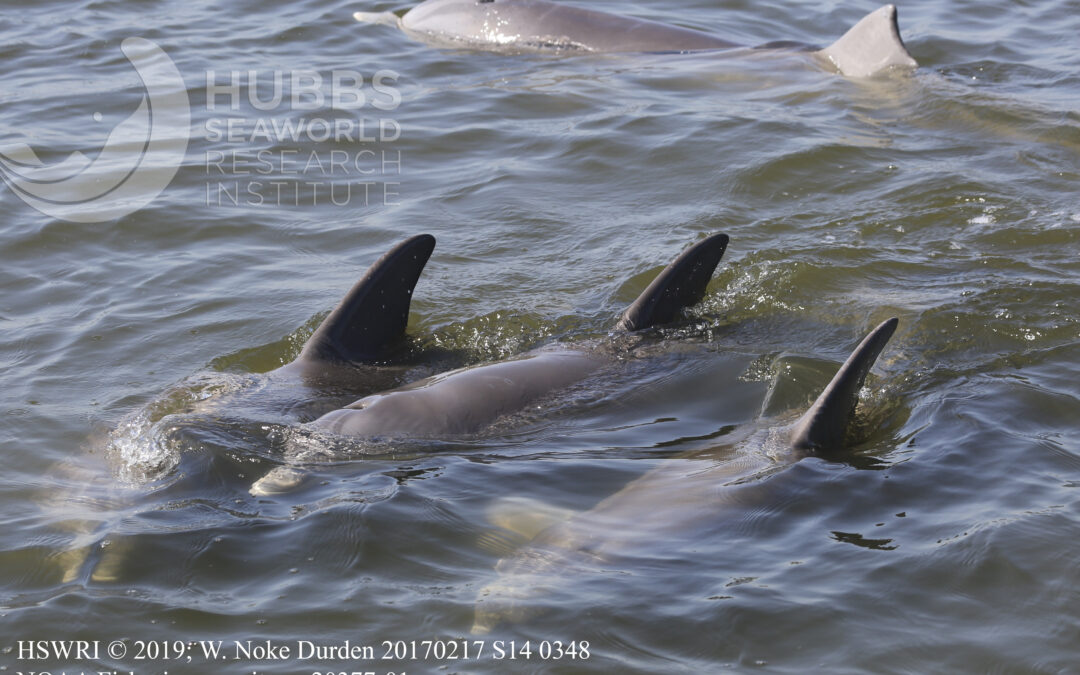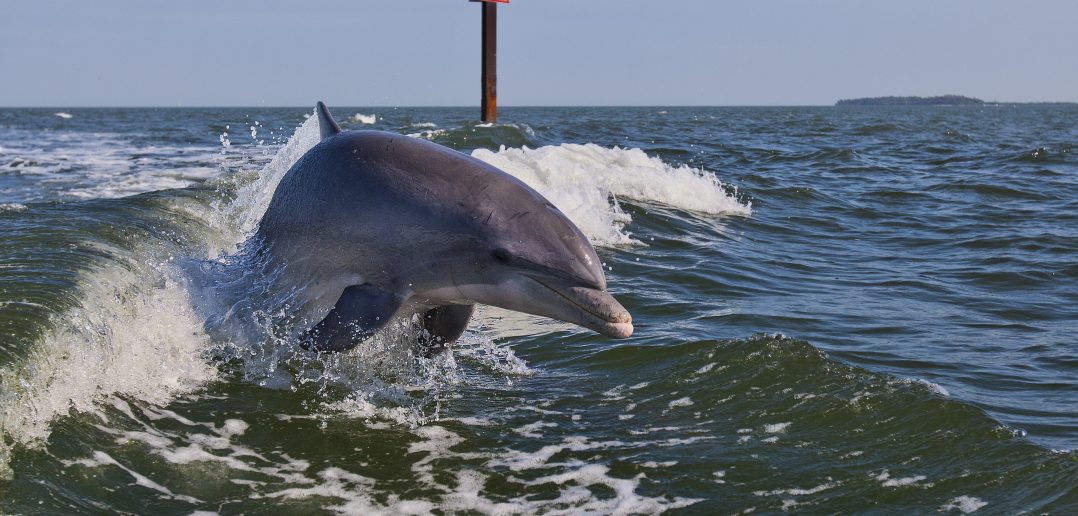
by Autumn Batson | Apr 28, 2021 | Press Release, Publications
Hubbs-SeaWorld Research Institute Scientists and a large team of collaborators conduct the first robust study design surveys to estimate the population size for Indian River Lagoon dolphins. On April 28, 2021 the study titled, “Abundance and demography of common...

by Bethany Smith | Mar 24, 2020 | Home News, Publications
A potent neurotoxin that has long been associated with mass die-offs of marine mammals during harmful algal blooms has been detected in bottlenose dolphins from the Indian River Lagoon estuary. A new study led by Florida Tech indicates the neurotoxin saxitoxin is...
by Autumn Batson | Oct 7, 2014 | Home News, Press Release, Publications
A team of scientists from Hubbs-SeaWorld Research Institute has found that killer whales living with bottlenose dolphins can learn to modify their vocalizations to be more like those of dolphins. This is the first time vocal learning across species has been studied...




